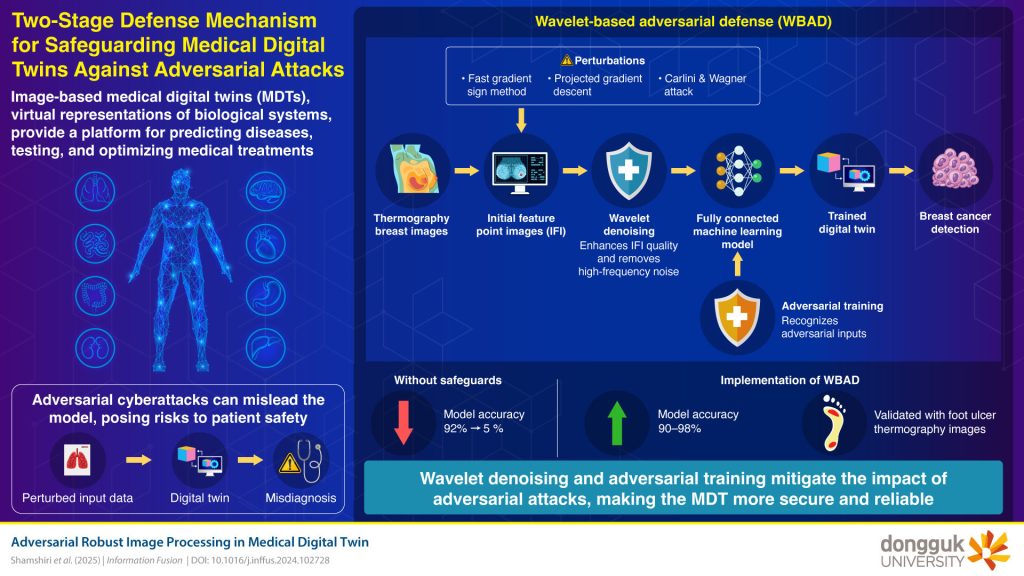Right here at Related World, now we have been masking plenty of medical breakthroughs and analysis occurring in college and healthcare programs. At first look, it’s all very thrilling, opening new alternatives for improved affected person care at ranges. However like all developments, there are nonetheless mounting issues about information safety which have but to be absolutely addressed.
The largest query of the day is: Are medical gadgets safe? Definitely, with all of the dangerous actors on this planet there isn’t a solution to confidently say our medical gadgets and our programs have the power to fend off nefarious assaults. All information is in danger for a large breach. In actual fact, 98% of hospitals and well being programs analyzed have skilled information breaches. And 65% of these occurred most just lately. The info tells a really compelling story. The Enterprise Digital Index examines the cybersecurity well being of organizations worldwide, and grades worldwide organizations based mostly on their on-line safety measures.
Because of this, on this evaluation, it discovered 45% of well being programs are within the excessive danger (D rating–very similar to what the ASCE infrastructure rating has been for years) class and 34% are within the essential danger (F rating) class. These organizations are sometimes coping with severe safety challenges corresponding to system safe sockets layer configuration, information breaches, and system internet hosting points. Solely 5% obtained an A rating, or low danger.
Right here’s the unhappy actuality of the state of affairs. In 2024, healthcare information breaches reached an all-time excessive, with 276,775,457 information compromised—a 64.1% improve from the earlier yr’s document and equal to 81.38% of america inhabitants. Which means your private information is being despatched to the darkish internet for anybody’s guess. And if the dangerous guys should not utilizing your information now, then when?
What Can Be Finished?
Everyone knows securing medical data is a mighty problem the healthcare business is battling at present—as are many different vertical markets. Cybercrime is rising at a speedy clip, and organizations should step up and put together for what comes subsequent.
That is why it’s all the time thrilling to learn new analysis that may thwart potential challenges and beat the percentages particularly on this space. Contemplate what is going on at Dongguk College and Oregon State College. Researchers right here acknowledge the worth medical digital twins can convey, corresponding to serving to predict illnesses by way of digital fashions of the human physique. These teachers additionally acknowledge these digital twins are weak to cyberattacks that may manipulate information and result in incorrect diagnoses, thwarting all the nice efforts introduced by the expertise.
As such, a analysis workforce from Dongguk College, Republic of Korea, and Oregon State College, Corvallis, Ore., created a brand new system: the Wavelet-Primarily based Adversarial Coaching (WBAD) protection system. The strategy was made accessible on-line in October 2024.

This technique was examined on a breast most cancers diagnostic mannequin, and it restored accuracy to 98% towards assaults. This implies the specialists have been in a position to do safer and extra dependable medical digital twins for healthcare purposes.
To counter the threats when it examined the breast most cancers diagnostic mannequin, the researchers launched a two-layer protection mechanism. The primary layer, wavelet denoising, is utilized through the picture preprocessing stage. Adversarial assaults sometimes introduce high-frequency noise into enter information to mislead the mannequin. Wavelet denoising applies mushy thresholding to take away this noise whereas preserving the low-frequency options of the picture.
To additional enhance the mannequin’s resilience, the researchers added an adversarial coaching step, which trains the machine studying mannequin to acknowledge and resist adversarial inputs. This two-step protection technique proved extremely efficient, with the mannequin attaining 98% accuracy towards FGSM assaults, 93% towards PGD assaults, and 90% towards C&W assaults.
What number of occasions have I pressured this essential truth? The dangerous guys are getting sensible, however we should get smarter too. We should determine methods to guard our gadgets, particularly in essential industries corresponding to healthcare. I’m inspired to see college analysis being carried out to enhance our gadget safety and accuracy. What are you seeing on the market?
Wish to tweet about this text? Use hashtags #IoT #sustainability #AI #5G #cloud #edge #futureofwork #digitaltransformation #healthcare #medical #safety #cybersecurity



